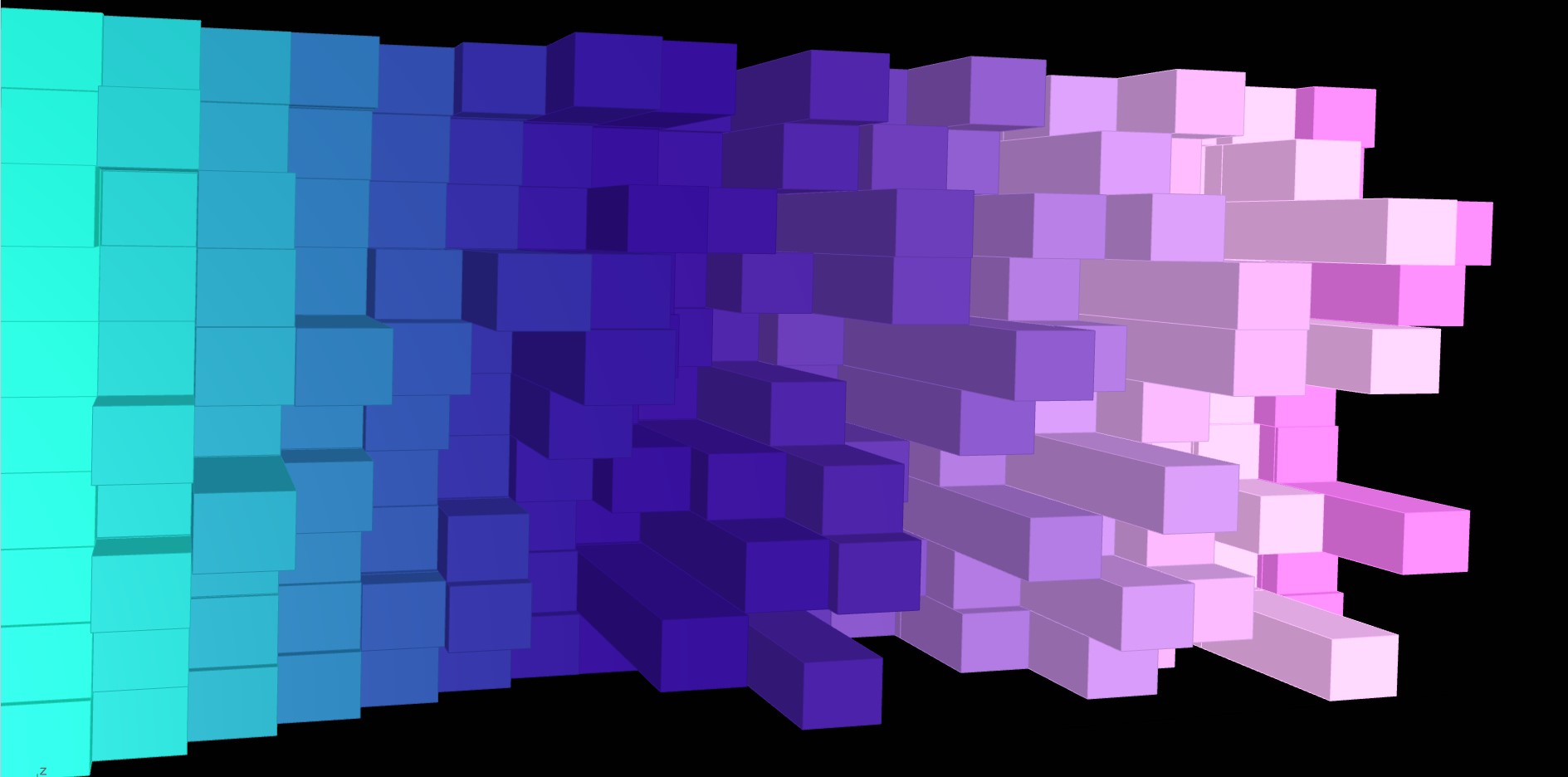With the current housing crises and the reduction of the living space per person, the effect of the occupancy and void becomes more valuable day by day. But this concept, void, which can only be defined by its contrast: fullness, and which can change the perception of everyday spaces we are accustomed like a room, is not easily readable. This situation removes the concept from our daily practices and traps it in the dusty pages of abstract architectural books.
The project based on an example ordinary wall of living space offers a responsive space that will bring up a concept of void on the agenda in order to challenge perceptions of living space and physical context.
This exploration simulates an extreme architecture of responsive variable structure by suggesting a technological infrastructure with hypothetical material.
The narrative analyzes the benefits and limitations of these projects but avoids explaining the necessity and result of living in such a space. It remains speculative, is leaving the questions open for the next phases.

/